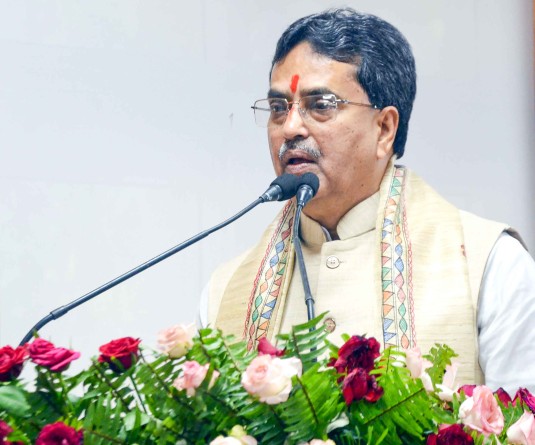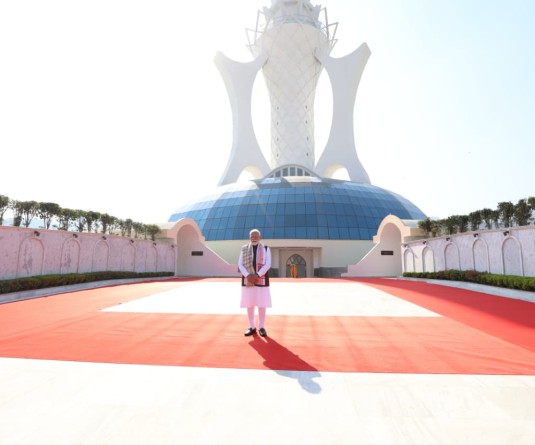
New Delhi, June 21 (PTI): Researchers at the Indian Institute of Technology, Guwahati have paved the way for better water management policies in India using Virtual Water analysis.
According to IIT-Guwahati professor Anamika Barua, who led the study, Virtual Water (VW) is the water involved in the production and trade of food and non-food commodities and services. It is that "invisible" water that has been consumed throughout the lifecycle of the product or service.
The results of the study, which helps in bridging the knowledge governance gap to mitigate water scarcity through VW flows assessment, have been published in the Journal of Cleaner Production, Journal of Water Resources Research and Journal of Water.
The study showed that in states with chronic water scarcity, planning and implementation of sustainable agriculture are crucial for achieving water and food security.
It also found that the pressure on the freshwater resources in water parched states can be reduced by diversifying the production areas through the use of VW flows analysis to produce agro-climatically suitable food grains.
"The concept of VW was first conceived in the 1990s to understand how water-stressed countries could provide their people with essential items such as water-intensive products like food, clothing, and shelter, which can define its trade characteristics. For example, a country with limited water resources would rather import water-intensive cotton than use their precious water in cultivating it,” Barua said.
"Virtual water flows assessment is aimed to induce sustainable use that can lead to water security. Given the persistent challenge of water scarcity in India and the complexity of water management in the country, the integration of scientific knowledge with policies for enhancing sustainability continues to be challenging because of the slow-paced exchange between science and policy spheres," she said.
She claimed that the study addresses this science-policy gap on water scarcity by first analysing the water flows hidden in agriculture products moving between the various states of India.
"This is then linked to the regional water scarcity situation and some existing elements of water policy to understand the gaps in knowledge and governance to mitigate water scarcity in the country,” the professor said.
"The team found that some VW flows between states are unsustainable as water through agricultural products flows from highly water-scarce states in the north to other highly water-scarce states in the west and the south. Such unsustainable flows are driven by a larger population and by arable land. In contrast, sustainable flows-- from low to high water scarcity zones/states can help combat water scarcity," she said.
Barua suggested that a deeper policy engagement would be particularly relevant for the sustainable future of developing and emerging economies grappling with the challenges of water scarcity and fragmented environmental governance systems.
"The VW flow analysis can help in framing evidence-based water policies and in establishing the link between the hydrological-economic-institutional aspect of water scarcity.
"The study is also linked to the UN’s Sustainable Development Goal (SDG) 12 on ensuring sustainable production patterns and to SDG 6 that aims to increase water use efficiency across all sectors to substantially reduce the number of people suffering from water scarcity by 2030," she added.
The team members also included Rosa Duarte from University of Zaragoza in Spain and Suparana Katyaini from Tata Institute of Social Sciences, Hyderabad besides IIT-Guwahati research scholar Mimika Mukherjee.






